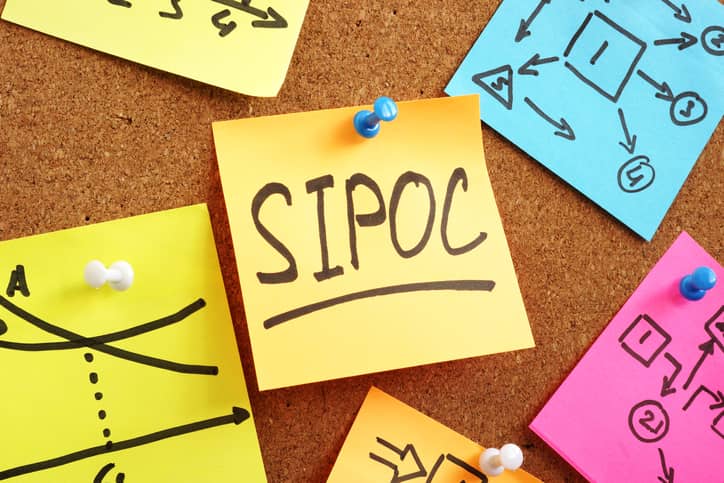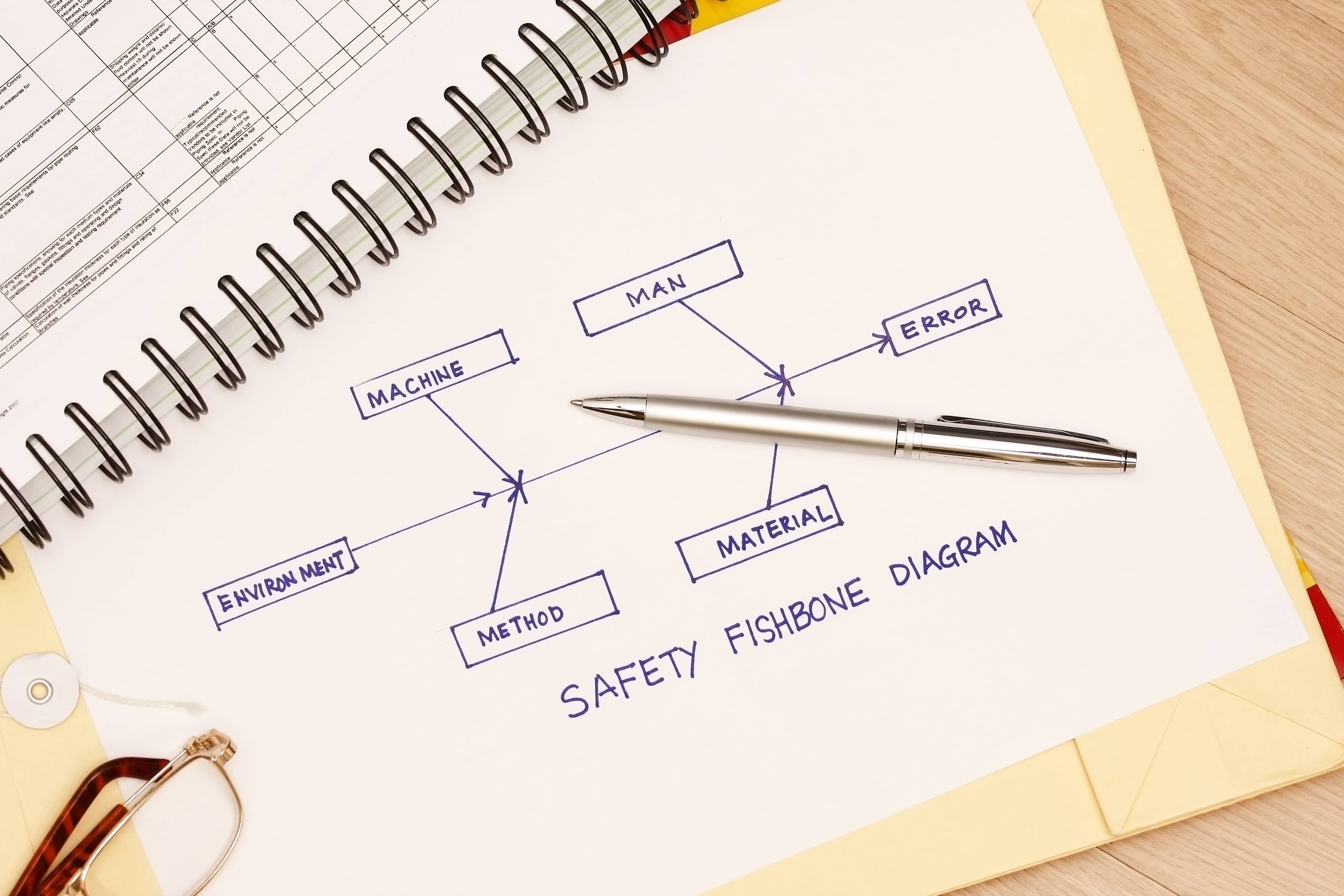Managers and team leaders are right when they suggest that brainstorming is the place to start when trying to find solutions to tough challenges. Unfortunately, many don’t brainstorm correctly or skip brainstorming all together because of past failures. Either way, it amounts to the same thing: they don’t get the benefits a well-planned brainstorming session offers.
As with all process challenges, Six Sigma has a tool for that. Called an affinity diagram, it provides a proven framework to create brainstorming sessions that yield productive results.
What is an Affinity Diagram?
Japanese ethnographer Jiro Kawakita is credited with inventing the affinity diagram. The idea behind his invention is that brainstorming sessions done correctly achieve great results. The belief is that teams that bounce ideas off one another are sure to come up with better solutions than people working on ideas alone.
Everyone is encouraged to voice ideas without judgment, no matter how far outside the box these ideas land. The affinity diagram organizes brainstorming ideas in groups with similar ideas. The goal is to generate as many creative ideas as possible and then combine them in ways that can spark solutions.
Who Should Use an Affinity Diagram?
Any team charged with developing new ideas to solve existing problems can make good use of an affinity diagram. For those using Six Sigma’s DMAIC process, an affinity diagram is useful in the Define phase.
Most people associate affinity diagrams with brainstorming, when ideas come in a rapid-fire manner and meetings quickly teeter on the edge of unproductive chaos. But they also work well when dealing with large, complicated challenges or when a group seems unable to reach consensus on the best ideas to follow going forward. The diagram also works well when organizing the results of a survey.
How Does an Affinity Diagram Work?
A strong team leader, often someone who has earned a Six Sigma Black Belt or Six Sigma Green Belt, is needed to make an affinity diagram work correctly. They direct the session and manage the input, recording and grouping of ideas from each individual.
Before starting the process, the team agrees on a single sentence that simply states the problem that needs solving. They then proceed through the following steps.
Step 1: Record each idea on a separate sticky note using a marker. There are varying approaches to this step. In some cases, every person writes down ideas on sticky notes they think will solve the root cause of the problem. In other scenarios, people share ideas around the table and the facilitator writes them down.
Step 2: Group similar ideas. Everyone will have different ideas of what is causing the problem and how to address it, but many of these ideas will either speak to a similar issue or have a similar solution. These ideas should get placed side-by-side.
Step 3: Discuss the ideas. The group now can discuss all the ideas in one subgroup, combining the ones that seem to work well together and looking for similar patterns in each idea. During this step, the team should come up with header cards for each subgroup, giving them a name.
Keep in mind that at this point in the process, everything is based on subjective feeling, instinct, lived experience and gut feelings. Team members should not take a long period of time contemplating each idea or subgroup name.
It’s easy to see how the approach works by comparing two different examples of using the affinity diagram tool.
Every idea at this stage, no matter how good it sounds, will need validation later in the process using other Six Sigma tools. But at this stage, using the affinity diagram creates an environment where people feel free to get creative with solutions for complex challenges.



